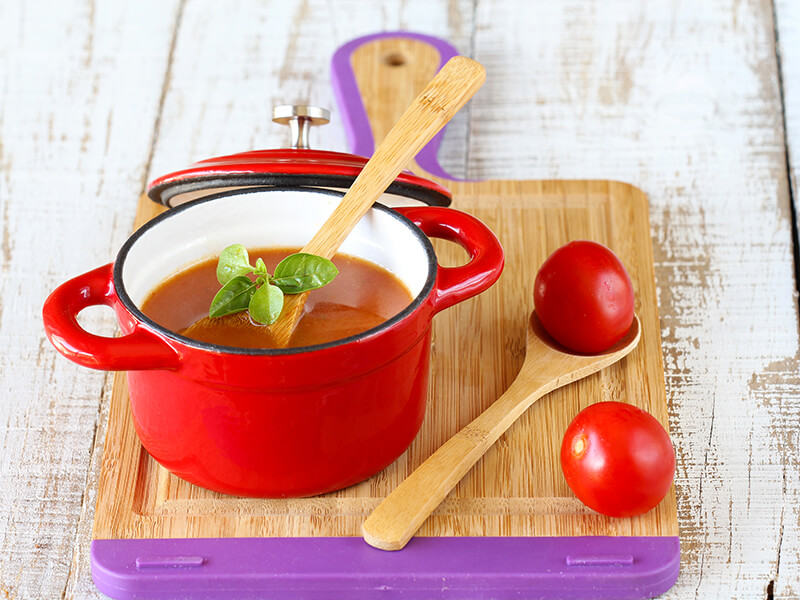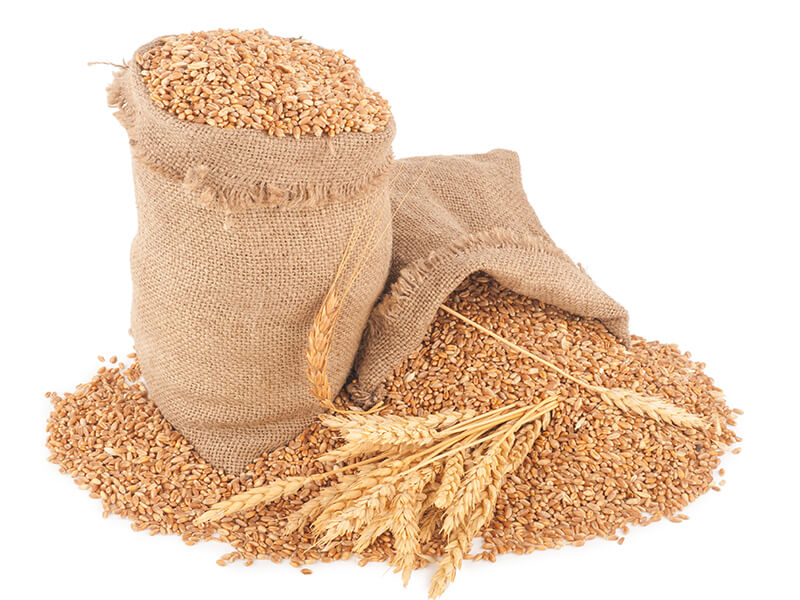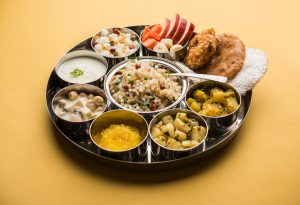
It’s the culinary equivalent of a mother’s hug and a boost when you’re feeling weary. There’s nothing like a bowlful of steaming hot soup at the end of a long day. But the best soups don’t just comfort, they nourish. And while soups are often touted as healthy, there are plenty of pitfalls – thickening agents and cupfuls of cream – that make them just the opposite. Here are a few simple tips that ensure your favorite soup is healthy and delicious too!
In the thick of it

Most soups require thickening, which is usually done by adding either processed maida or corn flour – easy but not healthy. Instead, try whole wheat flour or arrowroot flour as a substitute. You can also add boiled and pureed potatoes to soup that’s nearly ready, or nut pastes or pureed white beans for added protein.

Grains make ideal thickeners. Use a few tablespoons of oatmeal (or grind oats to get the consistency of flour.) or whole grains such as barley and quinoa. Try adding brown rice, pasta or noodles to soups as well. They absorb the liquid content of the soup and make it denser. Just remember to cook your pasta or rice separately and add sparingly when serving.
To make Chinese favorites like Hot and Sour or Manchow soup healthier, cut out the corn flour. These soups usually have egg added, you could use more egg to thicken these soups. Just before serving, add a spoonful of beaten egg whites, mix and slowly add to the soup while stirring.
Mashed whole beans and lentils are great for thickening and added protein. Try Miso (Japanese fermented soybean paste) to flavor oriental soups. You can also try re-fried beans for Mexican and bean soups, legumes such as red lentils for Middle Eastern soups.
Keep it creamy
Cream of mushroom, cream of corn, cream of chicken… it may sound impossible to leave out the actual cream in these old favorites, but a couple of easy tricks will prove otherwise. First, remember, a little cream goes a long way. Even if a recipe requires one cup of heavy cream, just 1 tablespoon can make all the difference. You could also substitute cream with whole or skimmed milk, or hung yogurt, which works surprisingly well in most soups.

Vegans, despair not, you still have plenty of delicious options (including, but not limited to soy milk). Puree half a cup of cashew nuts or almonds with two cups of liquid from the soup and add it when your soup has finished cooking. You can also try pureed cauliflower, tofu or coconut milk.
Other ways to make soup healthy
Cut back on fat by sauteing vegetables in vegetable broth instead of oil. If you need to brown meat, do so in a separate pan, pour out the fat and dab the meat with a tissue before adding it to the soup.
To lower the sodium content of soup, consider making your own meat or vegetable stock instead of using ready made cubes. If this isn’t an option, use non-msg stock cubes such as Massells or use a smaller amount of the stock and compensate for the lack of salt by adding fresh or dried herbs and spices.
Croutons are favorite additions to the soup bowl but can be high in fat if deep fried. Make your own healthy options simply by brushing, tossing diced day-old whole grain bread with a mix of oil and salt, garlic powder or any other herbs or spices and bake till crisp.
As you can see, it’s all a matter of simple substitution. By switching up unhealthy ingredients for the right ones, you can have your delicious soup and make it healthy too!






